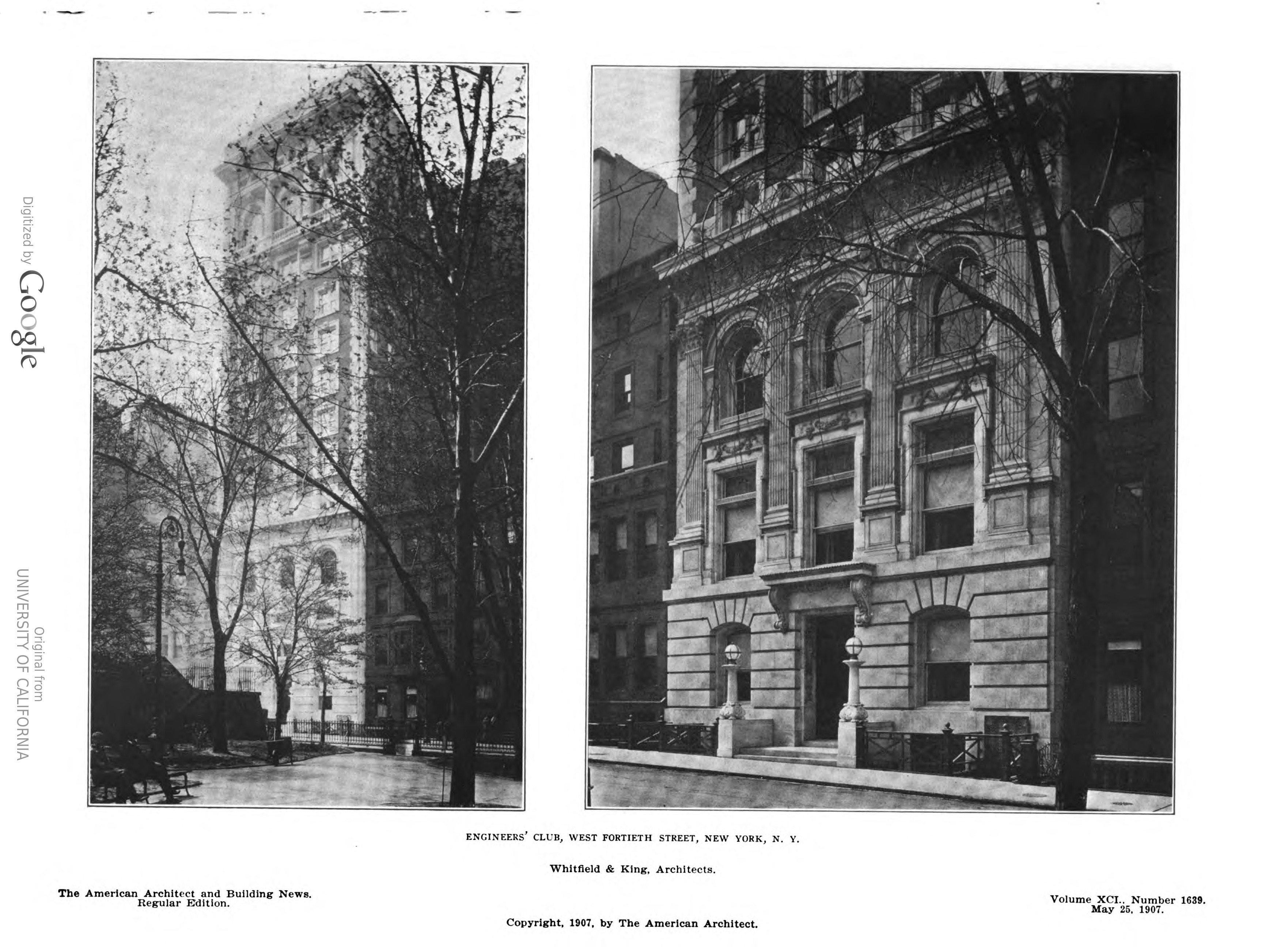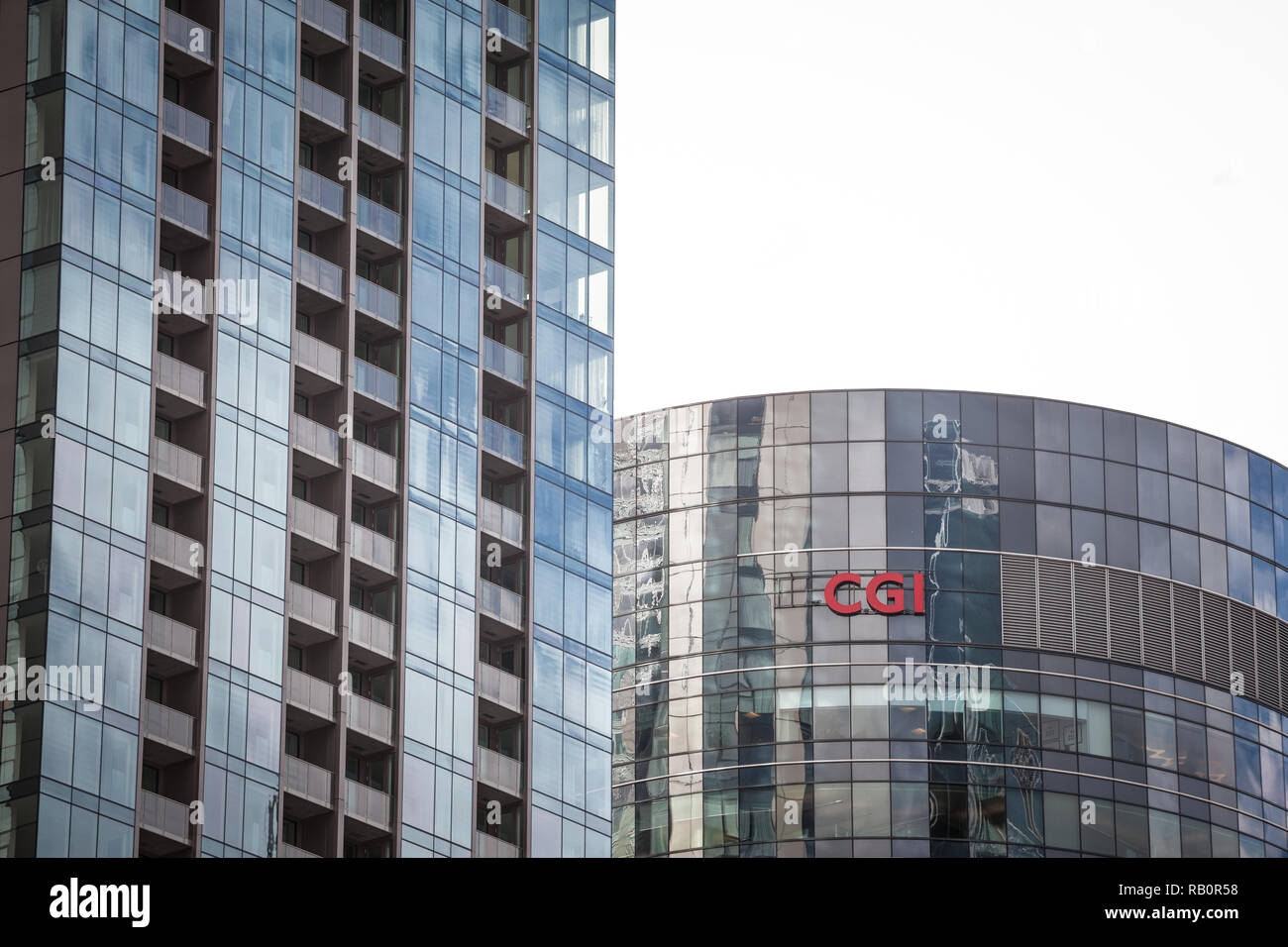3D rendering is a tool that, through the use of computer graphics on a computer, allows us to produce images and animations, and is used, among other fields, in the creation of architectural renders.
Over the years and thanks to the evolution of software and hardware we can obtain an increasingly photorealistic image quality. These images generated in a computer are three-dimensional and allow us to reproduce the visualization of any product, project or concept.
This technology offers great possibilities to engineering, architecture, construction firms, etc. Facilitating tasks of projection, presentation, promotion and communication of industrial, architectural and urban projects.
Landscape rendering is related to the exteriors and natural surroundings of the space and how it compliments the buildings around it.
It forms a synergy between the exterior and interiors of a space by using the latest technological tools. It creates and generates 3D images for flawless landscaping. With the use of software designers and architects can get a realistic tour of the landscape plan. The connection between the different elements of a landscape design comes into existence once a rendered picture is viewed.
(adsbygoogle = window.adsbygoogle || []).push({});
Apart from architects, landscape rendering is also used chiefly by contractors and builders. It acts as a significant tool for the construction industry as well. By getting the landscape drawings, the construction work can be executed more efficiently.
It enables the builders by supporting them with the whole exterior detailings.
Landscape renderings consists of the following components:
- Public areas
- Plants and greenery elements
- Lightings and installations
- Ornamental pieces
- Open recreation areas
- Parking spaces
- Gardens and parks
The thing any construction project is aimed at is harmoniously utilizing the space.
And it is exactly what landscape rendering does for construction projects. It decreases the time taken in the planning phase by increasing the efficiency of the actual constructing of the building.
Here are the importance of landscape rendering in construction.
Pre-selling of the property: With , one can look at the whole landscape adjoining a building or complex.
It shows the aesthetic value of the place along with the functional aspects. The contractors can use it as a marketing tool for selling the property even before construction.
Modification becomes simpler: Any kind of structural changes can be done easily after looking at the 3D rendered image.
This avoids any faults while the construction of the land elements happens.
The construction process gets easy: Landscape rendering enables the builders to view all the features and sections to be incorporated in the area very clearly. This lets the team know all the details of it accurately and do as required.
Reduces the construction time: As the realistic model of the landscape can be viewed earlier, the builders and architects can go through the whole project idea and plan with the utmost exactness. This decreases the time of construction or any delay, by proper planning and execution.
Decreases the production cost: As it is already mentioned that landscape rendering companies decreases chances of failure during construction, this also means that it avoids any unnecessary expenditure and faulty spending.
The rectification made on time saves future costs.
Environmental factors: Landscape rendering is done in a way where architects and designers do a thorough analysis of the environmental setting of the place. Thus, the construction of the buildings along with the landscape is done keeping the surrounding in mind.
Now we know how effective the role of landscape 3D rendering is in construction projects. Once we have our rendered image, it will always be advisable to a greater or lesser extent to make certain adjustments in post-production. This establishes a connection with the overall building or space around which the landscape is formed.
Only after viewing the rendered form of the landscape, extreme detailing can be done. This provides a wide perspective to the landscape architects, designers as well as the clients they are working for.



